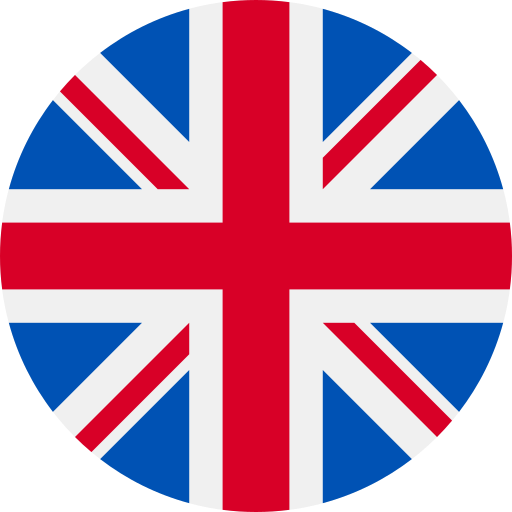- Applications
- Cases
- News
- Knowledge base
- Select your language:
-
 EN
EN
 EN
EN

Nitrogen gas is used in a wide range of industrial applications. From modified atmosphere packaging for perishable foods to preventing fires and explosions in chemical plants, nitrogen plays a crucial role. Although nitrogen is present in the air we breathe, managing the gas supply can be challenging. Avilo provides information on nitrogen applications for the food industry. Why is nitrogen used? How should nitrogen be applied in the food industry, and what are its applications?
The increasing demand for fresh and quickly prepared products continues to rise. Consumers expect maximum quality at minimal prices. Products, ranging from exotic fruits to bread, rice, and potatoes, need to be available year-round as fresh as possible, regardless of the season or location.
Visually appealing products and combination meals in sustainable and hygienic packaging are becoming increasingly popular. Products must have good shelf life under normal refrigeration conditions. There is a growing emphasis on reducing salt, chemicals, and preservatives in products.
These examples of consumer preferences present challenges for retailers and the food industry. The need for improved packaging technology is clear to address spoilage issues and provide a diverse range of freshly prepared foods.
Many foods lose quality as soon as they are harvested or produced and prepared for packaging. This is due to exposure to bacteria, yeast, and mold spores, which can lead to spoilage. Spoilage mechanisms can originate from the air or the product itself.
If these spoilage mechanisms can be excluded, prevented, or delayed, there is more time between production and the final consumer without compromising quality. From growers, manufacturers, and packagers to logistics, retailers, and ultimately consumers, everyone in the food industry benefits!
Modified Atmosphere Packaging (MAP) or gas flushing is the process of packaging or storing products in a ‘modified’ form of the naturally occurring air. MAP has proven to be a safe and effective nitrogen application to combat food spoilage mechanisms without using unwanted preservatives. However, MAP alone is not a solution. The shelf life of food products is influenced by several factors, including:
If any of these factors are missing or inadequate, the benefits of MAP can be reduced or even completely negated.
The primary gases used are nitrogen (N2), oxygen (O2), and carbon dioxide (CO2). While all three occur naturally in the air we breathe, using them separately or in combination in the food packaging process can yield highly beneficial results. MAP, as a nitrogen application, is mainly used in the food industry to combat these four main types of microorganisms:
For these spoilage mechanisms, a MAP gas or a mixture of two or all three gases is required, depending on the packaging used. Nitrogen is the most commonly used gas. With the exception of raw red meat, raw offal, dark poultry, and hard cheese, nitrogen is used in some form for all other foods that can benefit from MAP. These include products like chips, nuts, fresh chilled or cooked meat, poultry, fish, and fruits and vegetables.
Do you have questions about nitrogen applications for the food industry or want more information on a specific topic? Contact us. Our team of specialists usually responds within 24 hours.